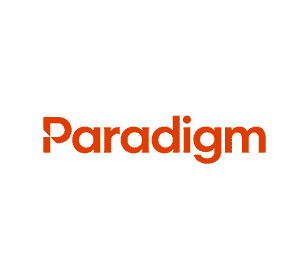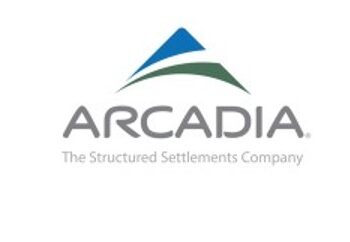Mining inspectors in Ontario are focusing in on diesel emissions and other hazards that could affect air quality during a blitz in underground mines.
As part of the province’s Safe at Work Ontario strategy, which was unveiled four and a half years ago, Ministry of Labor inspectors are making sure that employers are complying with recent changes to emission requirements for diesel-powered equipment under the Regulations for Mines and Mining Plants.
Officials believe the changes improve protection for workers from the potentially harmful effects of diesel emissions by:
● Setting a lower allowed limit of carbon exposure for workers and
● Requiring equipment be tested under consistent conditions
The changes went into effect on Jan. 1, 2012.
Illness and Death Result from Poor Air Quality
Poor air quality in underground mines can lead to occupational illness and death of workers. In particular, workers are at risk in the event they are exposed to carbon monoxide in diesel exhaust.
Underground mines can have poor air quality when:
● There are too many "particulate particles" (a mixture of various chemical solids and gasses including carbon and nitrous oxide) and other airborne substances such as dust in the air and/or when
● Fumes emitted by diesel-powered equipment are over the prescribed limits
To protect workers, the new amendments require employers to:
● Perform routine testing to determine the carbon monoxide content of exhaust from diesel-powered equipment under consistent conditions
● Develop and implement testing measures and procedures for diesel-powered equipment, in consultation with the mine's Joint Health and Safety Committee (JHSC) or health and safety representative
● Provide test results, as required, to the JHSC or health and safety representative
● Investigate overexposure by workers to diesel emissions and take remedial action, if possible, to prevent future incidents
The mining regulations are part of Ontario's Occupational Health and Safety Act (OHSA).
Inspectors Focus in on Diesel Equipment
Inspectors will target underground mines that use diesel equipment, including:
● Mines with large fleets of diesel equipment operating in the underground environment
● Recently reopened or new mines operating diesel equipment
● Mines where previous ventilation concerns were observed, and
● Mines with a poor health and safety compliance history
Inspectors will check on two types of equipment:
● Diesel equipment used for underground transportation of workers and materials and blasting of rock and
● Ventilation systems used to deliver fresh air to underground mines
Lastly, mining inspectors will zero in on the top priorities:
Committee Consultation: Inspectors will check that employers have developed and implemented testing measures and procedures for each piece of diesel equipment, in consultation with the JHSC or health and safety representative.
Diesel Equipment: Inspectors will check that equipment used for underground transportation of workers and materials is being regularly tested, as required.
Workplace Air Sampling: Inspectors will check that employers are regularly testing the air in underground mines to ensure exposure to toxic airborne substances do not exceed the prescribed limits.
Author Michael B. Stack, CPA, Director of Operations, Amaxx Risk Solutions, Inc. is an expert in employer communication systems and part of the Amaxx team helping companies reduce their workers compensation costs by 20% to 50%. He is a writer, speaker, and website publisher. www.reduceyourworkerscomp.com. Contact: mstack@reduceyourworkerscomp.com.
©2013 Amaxx Risk Solutions, Inc. All rights reserved under International Copyright Law.











